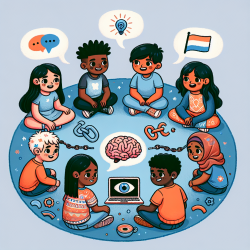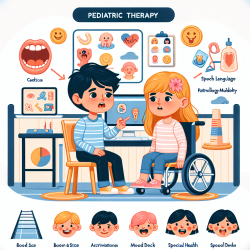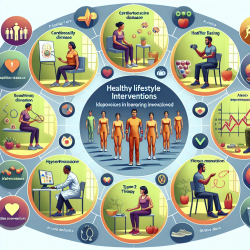Understanding the Impact of Stigma on Youth with Epilepsy
Epilepsy is a prevalent neurodevelopmental disorder affecting approximately 0.9% of children and adolescents globally. However, youth with epilepsy (YWE) often face higher rates of stigma compared to peers with other chronic conditions. This stigma can significantly impact their willingness to disclose their condition, leading to social withdrawal and lower quality of life.
Key Findings from Recent Research
A recent review titled Self-Disclosure Patterns Among Children and Youth with Epilepsy: Impact of Perceived-Stigma synthesized findings from 13 studies. The review highlights that perceived stigma is a significant barrier to self-disclosure among YWE. Youth reported fears of differential treatment, negative perceptions, and social exclusion as primary reasons for concealing their epilepsy.
Strategies for Practitioners
Practitioners working with YWE can implement several strategies to mitigate the effects of stigma and encourage self-disclosure:
- Education and Awareness: Providing comprehensive education about epilepsy to both YWE and their peers can help dispel myths and reduce stigma. Tailored educational programs can foster a more inclusive environment.
- Supportive Communication: Encourage open communication within families and between peers. Practitioners can guide parents on how to discuss epilepsy positively, reducing stigma coaching.
- Peer Support Groups: Facilitate connections between YWE through support groups. These groups can offer a safe space for sharing experiences and building confidence in managing epilepsy.
- Role-Playing and Scenario Planning: Help YWE practice disclosure scenarios to build confidence. Role-playing can prepare them for real-life situations where they might need to disclose their condition.
Encouraging Further Research
While the review provides valuable insights, it also highlights gaps in the current research, particularly concerning socio-cultural factors that perpetuate stigma. Practitioners are encouraged to contribute to this field by exploring these areas further, potentially developing interventions that are culturally sensitive and tailored to diverse populations.
Conclusion
Addressing stigma in epilepsy requires a multi-faceted approach involving education, supportive communication, and peer support. By implementing these strategies, practitioners can help YWE feel more comfortable disclosing their condition, ultimately improving their quality of life and social integration.
To read the original research paper, please follow this link: Self-Disclosure Patterns Among Children and Youth with Epilepsy: Impact of Perceived-Stigma.










